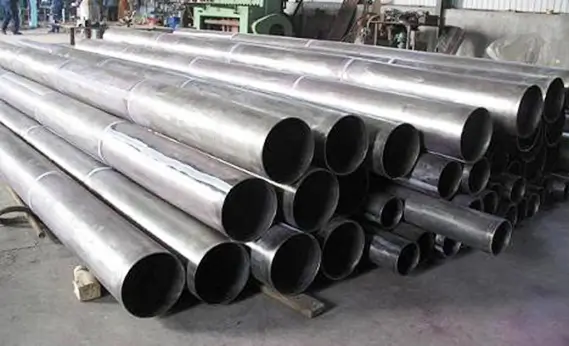Understanding EcoFriendly Steel
Ecofriendly steel refers to steel produced using sustainable practices that minimize environmental impact. Key characteristics of ecofriendly steel include:
Reduced Carbon Footprint: Lower greenhouse gas emissions during production.
Energy Efficiency: Use of energyefficient technologies and renewable energy sources.
Recycling and Waste Management: High rates of recycling and effective waste management practices.
Criteria for Identifying EcoFriendly Steel Suppliers
a. Environmental Certifications
1. ISO 14001 Certification:
Definition: ISO 14001 is an international standard for environmental management systems (EMS).
Significance: Certification indicates that the supplier adheres to rigorous environmental management practices and is committed to continuous improvement in environmental performance.
2. LEED Certification:
Definition: Leadership in Energy and Environmental Design (LEED) certification pertains to sustainable building practices.
Significance: Suppliers with LEED certification demonstrate a commitment to environmentally responsible manufacturing facilities and practices.
b. Sustainable Production Practices
1. Energy Use:
Renewable Energy: Check if the supplier uses renewable energy sources, such as wind or solar power, in their production processes.
Energy Efficiency: Evaluate the energy efficiency of their production methods and equipment.
2. Emission Controls:
Reduced Emissions: Look for suppliers that employ technologies to minimize emissions, such as carbon capture and storage (CCS) or advanced filtration systems.
Reporting: Review their emission reporting practices and transparency in disclosing environmental data.
c. Recycling and Waste Management
1. Steel Recycling:
Recycled Content: Confirm that the supplier uses recycled steel or scrap metal in their production processes.
ClosedLoop Systems: Evaluate whether the supplier implements closedloop recycling systems to reduce waste.
2. Waste Reduction:
Waste Management Practices: Assess the supplier’s practices for managing and reducing waste, including recycling, reusing, and responsible disposal methods.
Byproduct Utilization: Check if they find ways to utilize byproducts or waste materials in other processes.
d. Supply Chain Transparency
1. Traceability:
Material Sourcing: Ensure that the supplier provides transparency regarding the sourcing of raw materials and their environmental impact.
Supply Chain Management: Review their efforts to ensure that their entire supply chain adheres to sustainable practices.
2. Reporting and Disclosure:
Sustainability Reports: Look for suppliers that publish sustainability reports detailing their environmental performance, goals, and achievements.
ThirdParty Audits: Check if they undergo thirdparty audits or certifications to verify their ecofriendly claims.
Partnering with EcoFriendly Steel Suppliers
a. Setting Sustainability Criteria
Clear Expectations: Define your sustainability criteria and communicate them clearly to potential suppliers.
Evaluation: Assess suppliers based on their ability to meet your environmental standards and integrate sustainability into their operations.
b. Building Strong Relationships
Collaborative Efforts: Work closely with ecofriendly suppliers to foster a collaborative approach to sustainability and continuous improvement.
LongTerm Commitment: Develop longterm partnerships with suppliers that align with your sustainability goals and demonstrate a commitment to environmental stewardship.
Sourcing steel from ecofriendly suppliers is a crucial step toward achieving sustainability goals and reducing environmental impact. By focusing on key criteria such as environmental certifications, sustainable production practices, recycling and waste management, and supply chain transparency, you can make informed decisions that support both your procurement needs and your commitment to a greener future. Embracing ecofriendly practices not only benefits the environment but also enhances your brand’s reputation and aligns with the growing demand for responsible business practices.




